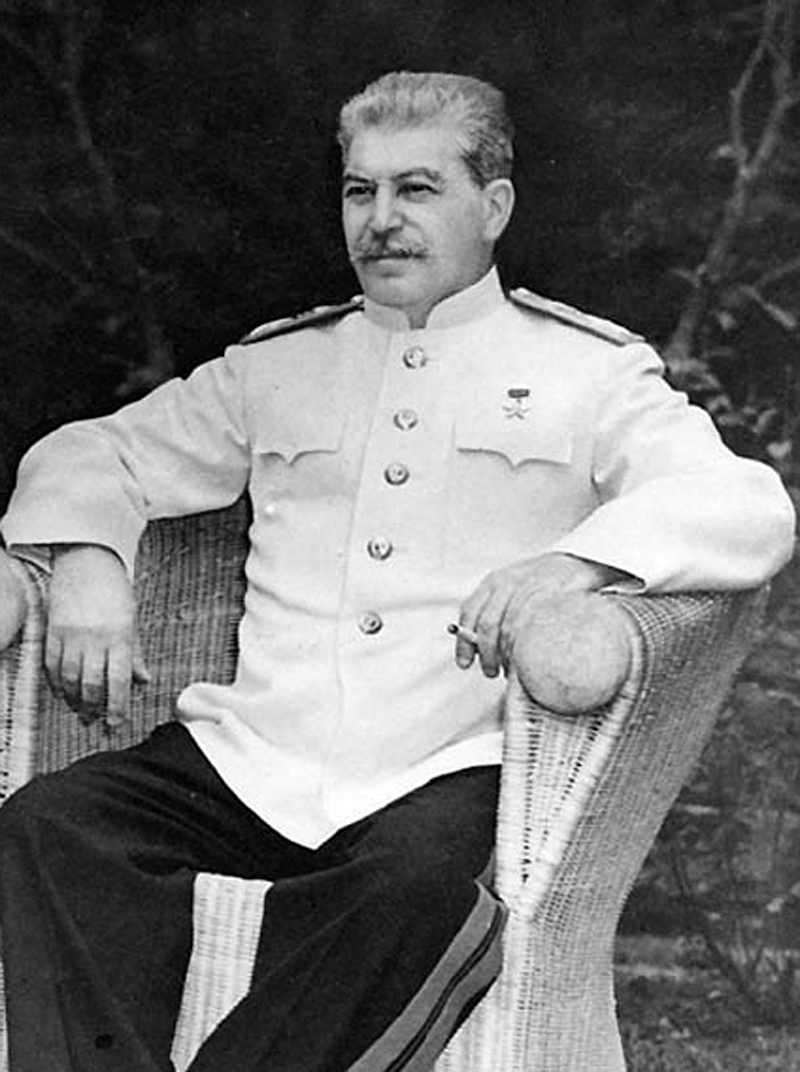It’s been impossible to verify that Testimony (1979), the purported memoirs of Dmitri Shostakovich, is actually that. Its editor, or possibly author, Solomon Volkov, claims it’s simply transcribed interviews with the composer, but there are reasons to doubt this. If the book is dubious as a literal record of Shostakovich’s words, it’s riveting if read as fiction, a first-person roman à clef about a composer crushed by bitterness and the madness of the Soviet system. Fact or fantasy, Testimony did present to the world a new way of thinking about Shostakovich’s music: the notion that a work can be ironic, can somehow have both a surface meaning and a “real,” buried meaning. For example, “Shostakovich” reveals the secret of the frenzied, aggressive second movement of his Tenth Symphony from 1953: “I wrote it right after Stalin’s death, and no one has yet guessed what the symphony is about. It’s about Stalin and the Stalin years . . . the scherzo is a musical portrait of Stalin, roughly speaking.” One clue that every Soviet listener did catch is that Shostakovich wove himself into the symphony—or rather, his initials: his musical monogram, D. Sch. represented by the notes D, E flat, C, and B. This four-note hook makes its most powerful appearance in the finale: The volume builds frantically, in music not unlike the earlier “Stalin” scherzo, and the monogram blares out in the brass at the crest of the tumult—stamping out the conflagration, really, as if Shostakovich were asserting his victory over the dead tyrant. Listen to the Tenth and see what it suggests to you, as Orchestra Seattle performs it Saturday, paired with Bach’s Magnificat. Jeremy Briggs-Roberts conducts—the first of six music-director finalists leading concerts this season as the OS looks to replace George Shangrow.
Ear Supply: Message in a Bottle
What Shostakovich told the future about Stalin.







